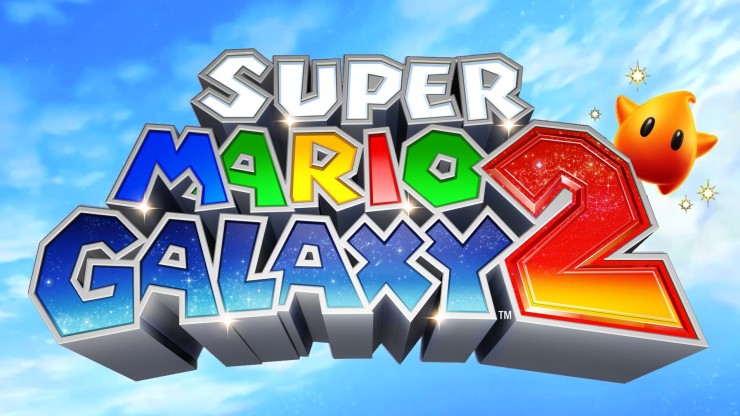It’s a point of view that many will dispute, but in my opinion, Nintendo make the best games. The fact that they hold their value more than titles by almost any other developer means this is rarely up for debate. Many remain sought after for years, so the price stays high as there’s no need to drop it; people will buy quality at any price because of said quality. It’s stated repeatedly that Nintendo games don’t do enough to differentiate from their chosen formula, that they’re stuck using the same mechanics they always have been. While that may also be true, it doesn’t detract from the point that Nintendo polish their games to perfection. Each title is tested, retested and scrubbed until it sparkles, a diamond that will last forever.
Mario titles are emblematic of the Nintendo philosophy (and so they should be, seeing as he’s the company mascot after all). Tried and tested formulas, but with new ideas, new mechanics and heavy doses of nostalgic wonder added each time. The fact is, they do this better than anyone. Many companies have tried to replicate Mario’s success, but none have been able to stand the test of time as well as the portly plumber has.
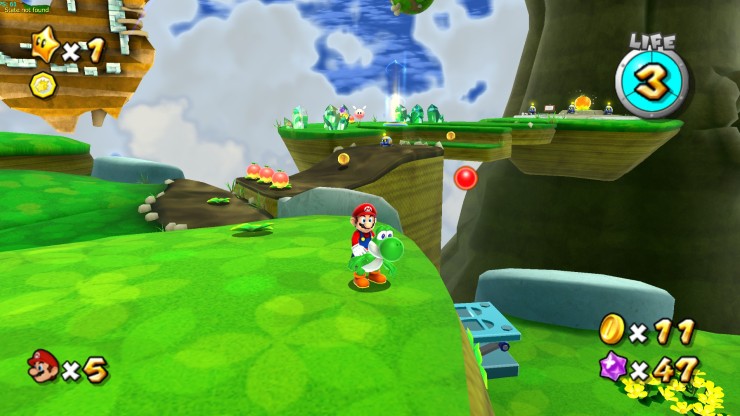
Since Super Mario Bros 3, direct sequels have been a rarity in the Mario universe (outside of spin off titles like Yoshi’s Island and Wario Land); also rare was having more than one main Mario title per platform: Super Mario World was the only SNES Mario title (no, the Mario All-Stars collection doesn’t count); Super Mario 64 was the only one that hit the N64, and it was the same with Sunshine on the Gamecube – so, why did Nintendo break these trends with the Galaxy games on the Wii?
Released on the Wii in 2007, Super Mario Galaxy earned rave reviews and garnered a lot of praise for its reinvention of the formula. The brave decision to remove Mario from his gravitational confines and allow him to bound enthusiastically through its levels proved to be a masterstroke. Added to this was a sublime soundtrack and a plethora of new ideas, that provided the freshness lacked by its predecessor Sunshine. Considering the critical success and the sheer number of Wii consoles Nintendo had managed to get into homes, a sequel was inevitable.
And so, three years later came Super Mario Galaxy 2. While the game didn’t exactly make sweeping changes to the formula, it expanded on it, adding new power ups, bringing back Yoshi (not the Sunshine variant, but the one more fondly remembered for his role in Super Mario World) and ditching the hub world. Now, Nintendo have released this onto the eShop via the WiiU’s internal Wii emulator. Over my gaming history I’ve been privileged to play almost every Mario platforming game, from the original Mario Bros, through Super Mario World and onto Super Mario 3D World. I’ve completed many, and given the others a decent enough shake before being waylaid by something else. Only two titles have ever eluded me though: Super Mario Galaxy and its sequel, so this was very good news to me.
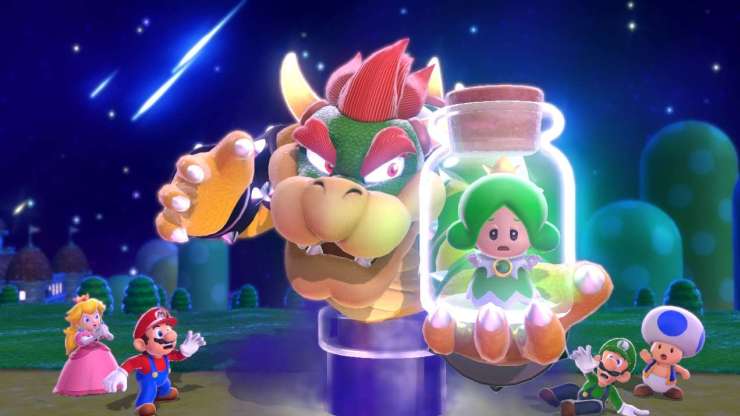
Upon booting up the game Mario swoops into shot like an airborne superhero, the camera panning around to track him as the title splash is revealed to a beautifully epic fanfare. After the initial opening segment in which Mario can do nothing as a giant Bowser kidnaps Princess Peach for the umpteenth time, he makes friends with a small star-shaped critter called a Luma, who turns out to be a prince. For protecting said prince from danger, the Luman ship captain grants Mario control of the vessel so that they can assist each other in gathering stars to power the engines to defeat Bowser, rescue Princess Peach and get the Lumans back home.
This, however, is not your regular kind of spaceship. After its initial troubles (caused by Bowser’s evil scheme) the Lumans have rebuilt it in Mario’s image to honour their newfound hero. On this ship you can keep track of your star count per level, gain 1-ups to assist in your quest, read mail, chat to NPC visitors and generally mooch about in between levels. Once you’ve had enough, it’s time to head to the helm and fly to a Galaxy to start earning those stars.
The minute Mario arrives at the wheel the camera pulls away to reveal the Toadstool Universe in all its glory; interconnecting worlds in which Galaxies are contained. The Galaxies themselves are a set of small planets making up complex assault courses for Mario to leap about with gay abandon, each one finely tuned to make the most of Mario’s abilities or those of whatever power-up has been bestowed upon him to fulfil the requirements needed to gain the star reward at the end.
Upon selecting a Galaxy, Mario launches himself off the ship, arms outstretched sideways as he flies towards the camera before arcing round and into the level. Once in, you’re treated to an overview as the camera gives you snippets of what awaits. Mario then glides through the air, performs a few somersaults and sticks a perfect gymnast landing. All the while the game engine never misses a beat.
Straight away it’s plainly obvious that Mario Galaxy 2 looks great. The WiiU output at 1080/60, while favourable to the game, doesn’t diminish the fact that – aliasing aside – it looks amazing. Considering the fact that this ran on hardware two generations old at sixty frames a second, it really is a feat of engineering. Nintendo’s teams really know how to get the best out of a machine and their art direction is just sublime. Mario kicks up dust as he starts a run, small stars fly out of enemies when stomped before exploding in a puff of smoke, sparkles emanate from Mario as he spins via a flick of the Wiimote… it’s all delectable stuff and it’s topped off with some truly exceptional sound as well. Mario’s whoops as he leaps and pirouettes through the air are accompanied by an amazing soundtrack that takes its cues from Mario’s past adventures (for some of that wonderful nostalgia) as well as bringing in new scores that are just as good as those that went before. Some levels take the soundtrack itself into account, counting out beats through the speaker in the Wiimote with which you’ll need to time your leaps to make it safely through.
Nintendo are the masters of level design. Their 2D layouts were second to none, and when Mario went 3D their abilities really started to shine. The Galaxy games took this even further, creating worlds where the game effortlessly switches between 2D and 3D play types before you’ve even noticed the transition has happened. Even better is how the game constantly plays with the idea of gravity. Mario can walk from floor, to wall, to ceiling with each change in orientation affecting how his abilities work. Along the floor Mario jumps upwards and lands back on the ground; walk onto the wall and his jump takes him sideways, and then back to that same surface – it’s seamless and a truly amazing feat of level design considering the small spaces this can take place in. Nintendo’s play with this concept never grows stale, and it can take a while before you see these implementations rehashed again.

Mario himself attacks the levels with the hyperactivity of a five year old child on a sugar rush, his movements twitchy and imprecise. It’s like Nintendo themselves knew this by reminding you that you can pinpoint tricky landings by using Mario’s spin move during the jump. Even slight pushes of the analogue stick don’t result in the slow movement you came to expect from playing Mario 64 and Sunshine. In Sunshine I experienced quite possibly the greatest control scheme in video games: Mario was an extension of yourself, he did exactly what you wanted him to. Here in Galaxy 2, the directions you push him in don’t always translate on screen, exacerbated by a camera that doesn’t always take the best viewing angle for the section you are on, creating an optical illusion that you are further from the edge of a ledge than you actually are, which you only realise once you’ve plummeted into whatever awaits you below.
This lack of control is made worse by one particular power-up that sees Mario coiled up in a spring. Here Mario loses almost all control; you can guide him in rough directions and watch him squirt off at a slightly wrong angle, and when you’re asked to control this wildly uncontrollable version your frustration skyrockets as the tubby tumbler just refuses to go quite where you want him to. The fire flower makes a welcome return despite now being timed rather than lasting until you get hit. New items include mushrooms that turn Mario into a boulder, a bee and more.
Yoshi’s return is very welcome. While riding, Yoshi moves faster than Mario and as a result makes the lack of control more prominent, this however, is saved by his flutter jump which rescues many an overlong jump or slip from a platform. Yoshi’s tongue was always going to be a challenge to translate into three dimensions, but Nintendo got around this by using the Wiimote as a pointer to paint targets and then hitting B to zip out the tongue and gobble them up. This explains Nintendo’s decision to keep it as a Wiimote and nunchuck game: it just wouldn’t be possible otherwise.
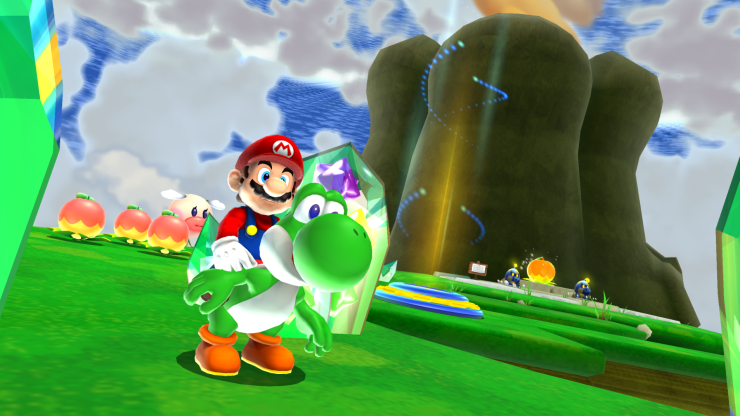
Yoshi gets his own set of power ups, but these are really level mechanics rather than full fledged power-ups. The Speed Pepper sets Yoshi off at a high speed allowing him to run up walls and over water accompanied by a cartoony fire alarm. The Blimp Bulb inflates Yoshi and allows him to float upwards but only for as long as the contained air allows. The last one, the Bulb Berry makes Yoshi glow like, well, a bulb, during which hidden platforms can be seen. While not seeming like much the platforms only exist when Yoshi’s light shines on them, and if you’re still on a platform when the light fades you’ll plummet to your doom.
Being a Nintendo title you just know that once you’ve collected all the stars it’s not the end of your journey. Get them all and you’re then tasked with going back through the levels and tracking down green stars. Nintendo are nothing if not generous with their content. Completing it without gaining all the stars is possible, but would you be happy with just that? Could you be? Obsessive completionists most definitely couldn’t.
Since Galaxy 2, Nintendo went on to 3D Land and 3D World. These games kept the map overworld structure, kept the assault course level design, tightened up the controls and improved the exaggerated cartoony aesthetic. At one point in his life Mario was a Saturday morning cartoon, now he looks like he could be one again. One where Nintendo is the director, but you are calling the shots. Super Mario 64 carried Mario into the third dimension, but it feels like the Galaxy titles were where Nintendo really allowed their imaginations to run away with them, and paved the way for Mario’s future. Maybe it even paves the way for Mario’s compatriots too. For instance, Captain Toad was promoted from Toad Brigade leader in Galaxy through Galaxy 2, to 3D World, to his own game.
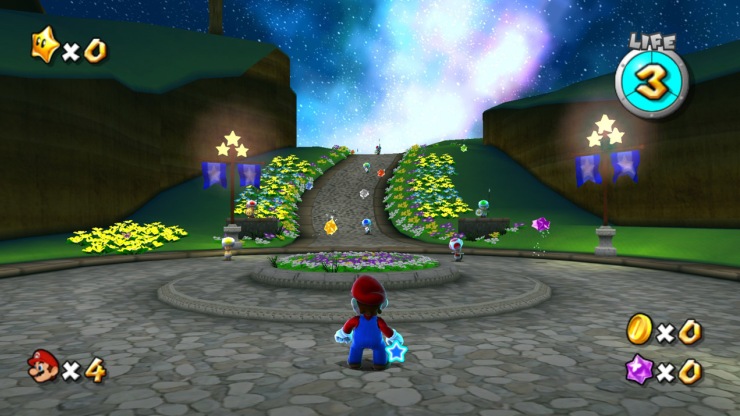
Nintendo have alluded that there may very well be a third Galaxy title coming to the WiiU in the future. While 3D World felt like a stop gap, it was never-the-less a brilliant game and a worthy addition to Mario’s catalogue of quality titles. Mario alone is enough for fans to clamour for more, but that fans specifically ask for another sequel to the Galaxy games highlights how fondly they are remembered for their inventiveness and the pure unbridled joy that comes from finally managing to get that star that had you mashing a Wiimote into your forehead. It’s difficult to say what Nintendo could do differently in another Galaxy sequel, but, you have to admit, with their seemingly limitless imagination, they can definitely pull it off.
While Super Mario Galaxy 2 has its problems with control, it’s so immaculately made that it’s no surprise it’s considered one of Mario’s finest games and the blueprint for future titles. This is a game full of charm and ingenuity, there are more fantastic ideas in one world than there are in most AAA titles these days. Anyone still trying to argue that these games are too “kiddy” is obviously unaware of the challenges they throw at you; they’re not for the faint of heart. If you haven’t played Galaxy 2 before I strongly urge you give it a go. Playing it is like playing Mario’s past, present and future all in one, a veritable time machine of wonder. And like a certain famous time machine, it’s much bigger on the inside.


